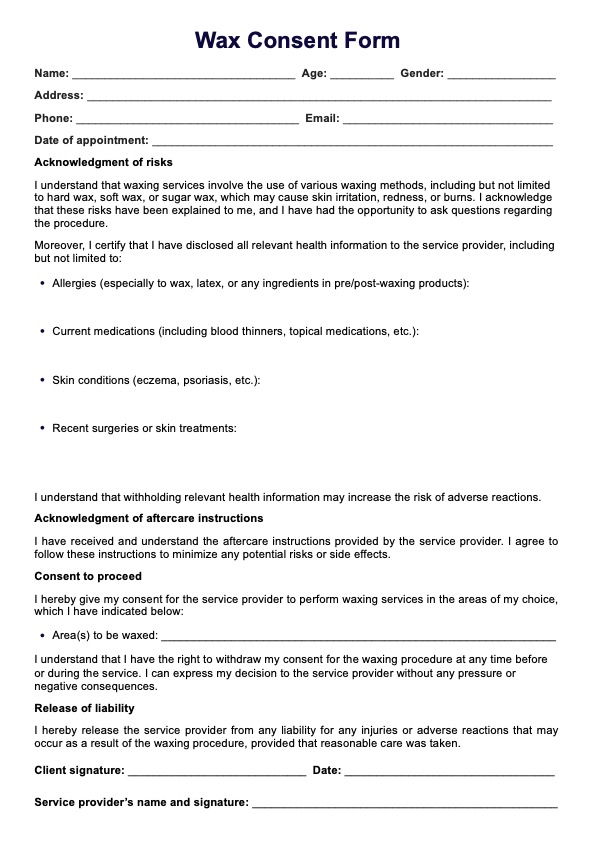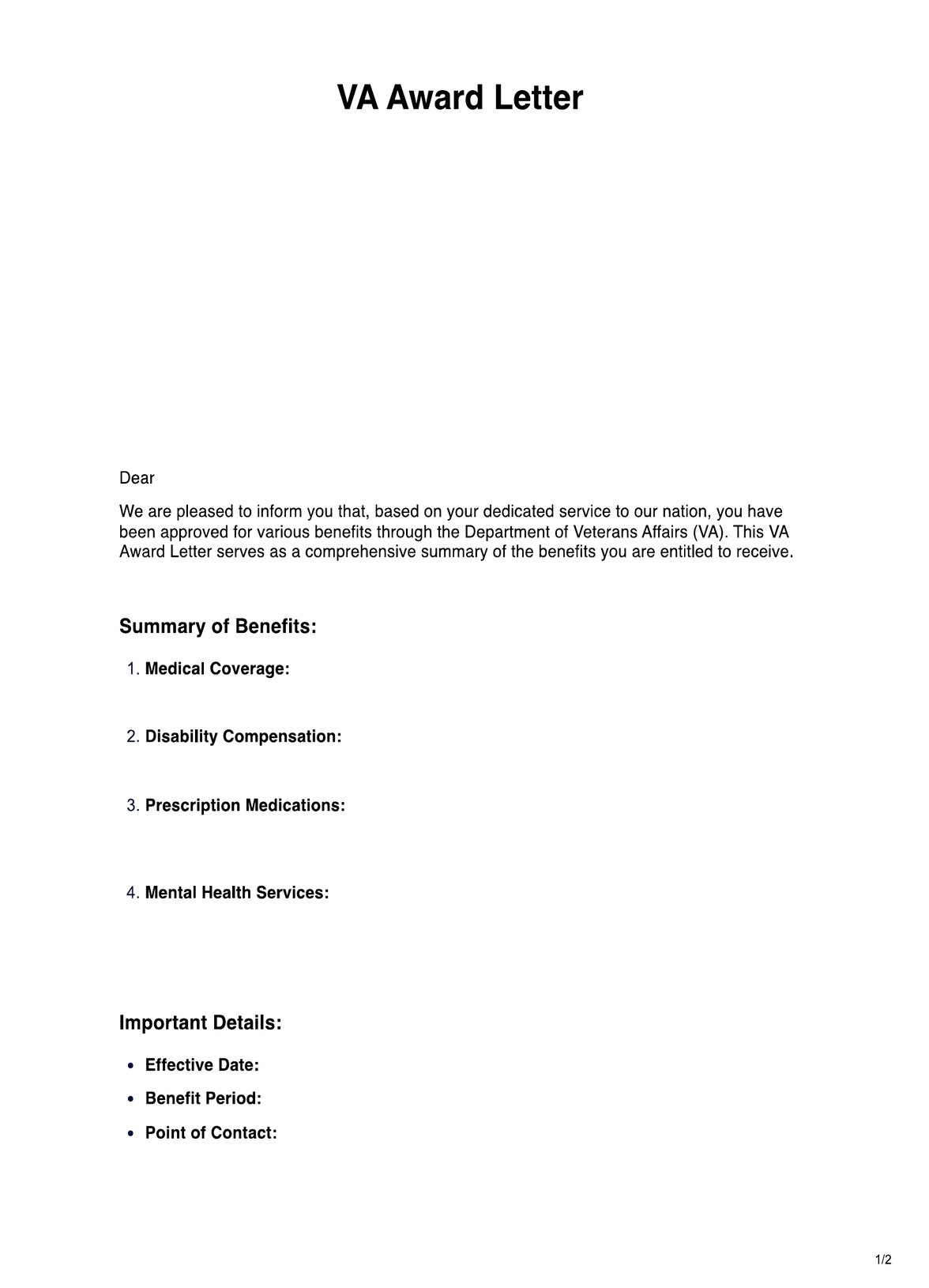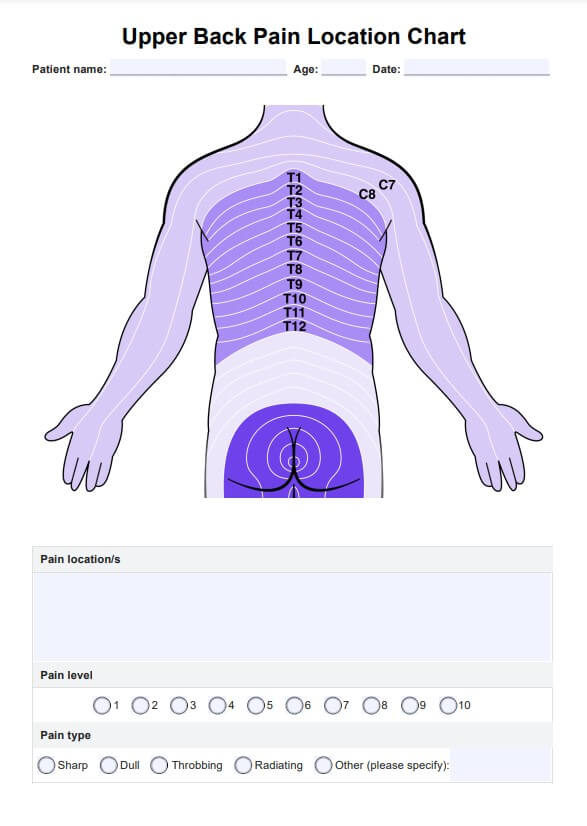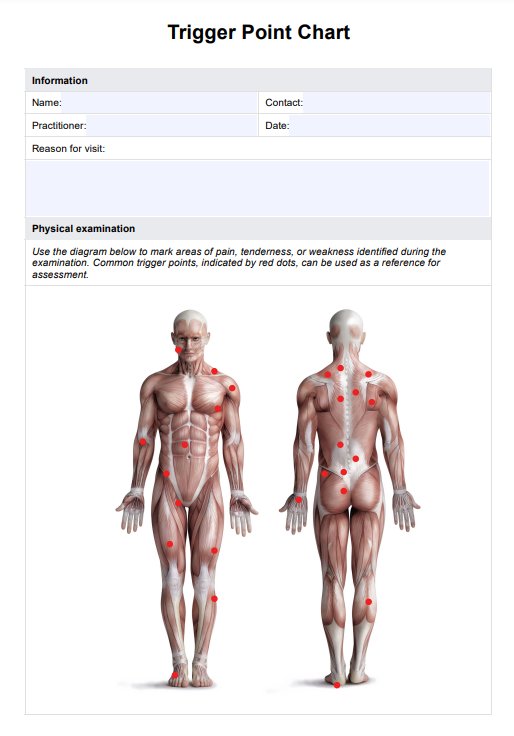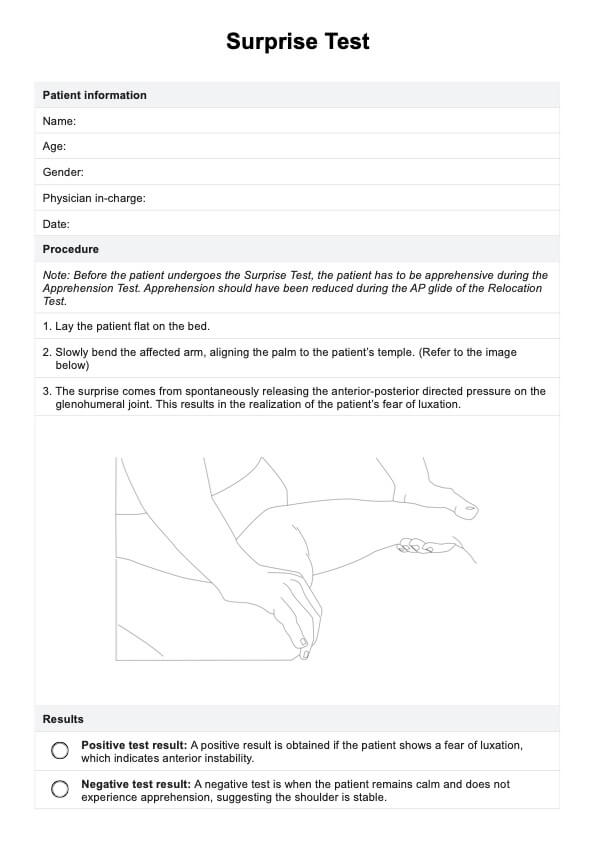The all-in-one EHR for chiropractors
Elevate your chiropractic practice with our advanced chiropractic software solution. Become part of a growing network of chiropractic experts transforming patient care by integrating cutting-edge chiropractic EMR technology into everyday operations.


Carepatron’s chiropractic software
Overwhelmed by endless paperwork, complicated client scheduling, and relentless billing issues? Say goodbye to that stress! Boost your chiropractic practice with Carepatron’s free chiropractic software, specifically created to equip chiropractors with tools to improve workflow and enhance patient care seamlessly.

Comprehensive scheduling system
Revolutionize appointment management with our all-in-one scheduling system. It’s designed for ease, allowing your team to book, reschedule, and manage appointments effortlessly. This ensures your day runs smoothly without overbooking or conflicts.

Streamlined billing and claims processing
Simplify your financial processes with our advanced billing and claims management features. From automated invoicing to direct insurance submissions, we’ve covered your financial needs, reducing errors and saving valuable time.

Customizable patient care plans
Personalize treatment with flexible care plans that can be easily adjusted to meet each patient’s unique needs. Our software supports your clinical decisions, helping to track progress and outcomes for truly individualized care.

Secure communication tools
Enhance patient engagement and team collaboration with our secure messaging and file sharing. Keep communication clear and confidential, all within a safe and compliant platform with healthcare regulations.
Counseling software resources
Access insightful worksheets, expert advice, and industry guidelines. We've curated everything you need to enhance your practice and better serve your clients.

The best chiropractic practice management solution for your team
Elevate your chiropractic service with Carepatron’s specialized software, offering unique tools for modern chiropractic practice. Our user-friendly platform will transform how you operate and care for patients.

Performance analytics
Gain insights into your practice’s performance with our analytics dashboard. Track key metrics such as appointment volume, patient retention rates, and revenue trends to make data-driven decisions for growth.
Trusted by more than 100,000 practitioners

"It’s so easy to connect with my staff"
CLAIRE, PHYSICAL THERAPIST

"Carepatron saves me 2 hours everyday"
AEGEUS L, HEALTH COACH

"My team loves how simple it is to use"
ANDREA MAGNUS, PRACTICE MANAGER

Carepatron’s chiropractic software features
Elevate your service with Carepatron’s specialized chiropractor software, offering unique tools for modern chiropractic practice. Our user-friendly platform will transform how you operate and care for patients.

Automated invoicing
Generate and send invoices automatically after each appointment. Our system simplifies billing, ensuring accuracy and timeliness, reducing administrative tasks, and allowing you to focus more on patient care.

Insurance claim submission
Effortlessly submit insurance claims directly from the platform. With integrated electronic claim processing, reduce errors and delays, ensuring quicker reimbursements and improved cash flow.

Payment processing
Securely process payments within the same system. Our solution supports various payment methods, providing flexibility for your patients and ensuring you receive payments promptly and efficiently.

Financial reporting
Access detailed financial reports to monitor your practice’s revenue, outstanding invoices, and overall financial health. Make informed decisions with insights into billing trends, payment statuses, and insurance claim outcomes.

The best Chiropractic billing solution
Optimize your chiropractic practice’s financial health with the best chiropractic software for cash practice. With tools designed for the modern chiropractic office, you can experience hassle-free billing, streamlined claims processing, and maximized revenue.

Comprehensive patient records
Effortlessly manage detailed patient records, including medical histories, treatment plans, and progress notes, all in one secure location. Enhance patient care with easy access to critical information.

Integrated appointment scheduling
Streamline your scheduling process with our integrated system. View and manage appointments directly within the EHR, reducing administrative tasks and improving patient experience.

Customizable documentation
Tailor your clinical documentation with customizable templates that fit chiropractic care. With our flexible documentation tools, you can save time on note-taking and focus more on your patients.

Secure patient communication
Communicate securely with patients through encrypted messaging within the EHR. Share updates and treatment plans and receive feedback, maintaining patient privacy and engagement.

Chiropractic EHR
Take a step towards improving your chiropractic practice with our cutting-edge electronic health records (EHR) system, designed to enhance patient care, improve efficiency, and secure data management. Embrace the future of chiropractic health management with a chiropractic EMR system today.

Streamlined administrative processes
Features like automated appointment scheduling and billing reduce time spent on administrative tasks, allowing more focus on patient care and less on paperwork.

Enhanced patient management
Keep detailed patient records, including treatment histories and notes, in one secure and accessible place. Improved organization leads to better patient care and outcomes.

Efficient billing system
Integrate invoicing and insurance claims management to simplify your billing process. This will reduce errors, speed up reimbursements, and improve your practice's financial health.

Robust security and compliance
Protect patient information with top-tier security measures. Our software ensures your practice complies with healthcare regulations, giving you and your patients peace of mind.

The benefits of Carepatron’s chiropractic software
Boost your chiropractic practice with Carepatron's all-in-one free chiropractic software. Tailored to optimize workflow and improve patient services, our platform delivers a unified solution that caters to the needs of modern chiropractic practitioners.

Speed and efficiency
The tool's ability to quickly convert spoken words into text streamlines the note-taking process, saving valuable time. This speed and efficiency allow healthcare providers to spend more time with patients.

Hands-free convenience
With AI transcription, healthcare providers can focus fully on the patient rather than dividing it between note-taking and patient care. This hands-free convenience enhances the quality of patient interactions.

Contextual understanding
Our AI technology goes beyond mere voice recognition; it understands the context and nuances of medical terminology. This capability ensures that the transcribed notes are accurate, coherent, and clinically relevant.

Improved Accuracy
Carepatron's AI Medical Transcription significantly enhances the reliability of your patient records by minimizing errors. This precision ensures that healthcare providers trust the documentation to reflect accurate patient information, contributing to better patient outcomes.
Frequently Asked Questions
EHR and practice management software
Get started for free
*No credit card required
Free
$0/usd
Unlimited clients
Telehealth
1GB of storage
Client portal text
Automated billing and online payments






